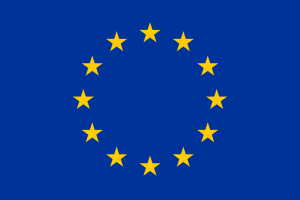The four-year “Networking European Farms to Enhance Cross Fertilisation and Innovation Uptake through Demonstration” (NEFERTITI) project began in January 2018. The aim of the NEFERITITI project is to form a network of outstanding farms and share practical examples in order to increase the transfer of knowledge among farmers and promote new ideas. Ten subject-matter networks formed of demonstration and pilot farms were established across Europe.
Three of these networks are each assigned to the main sectors of animal production, crop production and horticulture. The tenth network targets young farmers and new business concepts. The networks are intended to promote knowledge exchange among farmers in the 17 participating countries and to integrate innovations into farming practice. Different regional groups will be formed for each network.
In total, Germany participates in seven of these groups, two of which are supervised by Naturland. One deals with "Nutrient efficiency in horticulture" and the other, entitled "Shaping Agriculture: Innovative Ways to Success", focuses on new ideas for sustainable farm concepts.
A regional group on organic farming is run by Bioland, while the topic of organic animal husbandry in Germany is managed by Demeter. The regional group on fruit growing is coordinated by Öko-Obstbau Norddeutschland (ÖON) and the Lower Saxony Grassland Center oversees two regional groups: one on grassland and one on data-driven dairy farming.
The first activities such as farm visits, field days and training courses began in 2019. The farmers are supported by their regional project coordinators in organising these activities. A web-based platform showcases the participating farms and provides multilingual reference materials, including professional videos.
If you would like to become a demo farm or receive regular information about the network's activities, please contact Naturland coordinator Franziska Weißörtel.

This project has received funding from the European Union’s Horizon 2020 Research and Innovation programme under Grant Agreement No. 772705. This document reflects the views of the author(s) and does not necessarily reflect the views or policies of the European Commission. Whilst efforts have been made to ensure the accuracy and completeness of this document, the European Commission shall not be liable for any errors or omissions, however caused.